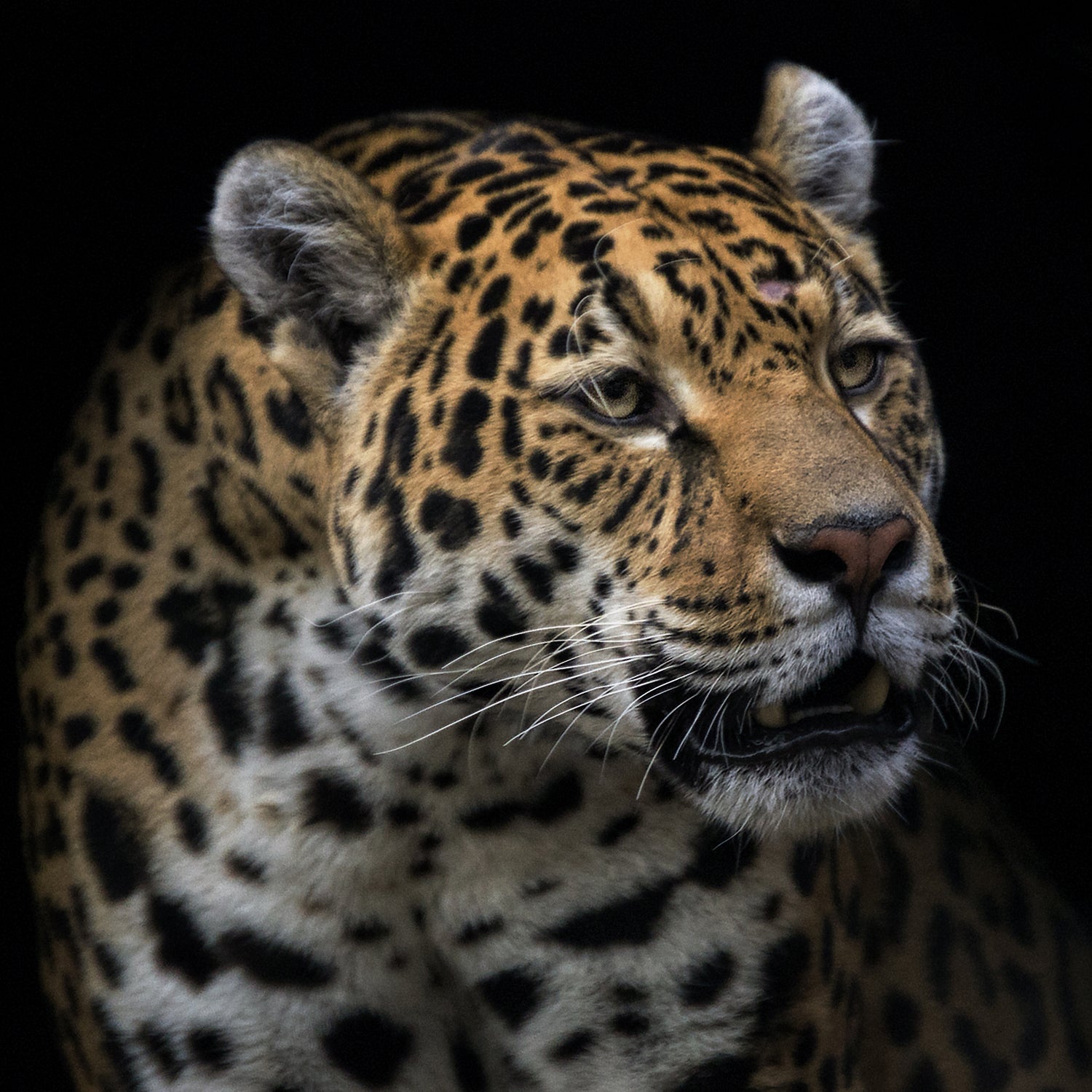requires any construction project “permitted, funded, or licensed by any federal agency” to be reviewed by the U.S. Fish and Wildlife Service for endangered species present in the area.��To the best of our knowledge, Donald Trump has filed no such request for his proposed border wall. So we did that for him.
“I will build a great wall—and nobody builds walls better than me, believe me—and I’ll build them very inexpensively. I will build a great, great wall on our southern border, and I will make Mexico pay for that wall. Mark my words.” — Donald Trump
Assuming Trump's wall will run along the entire 1,989-mile long land border the U.S. shares with Mexico and that the construction project will impact a total width of 1,000 feet (access roads, support structures, staging areas, etc), the USFWS estimates that the project will “potentially impact” 111 endangered species, 108 species of migratory bird, four wildlife refuges and fish hatcheries, and an unknown number of protected wetlands.��
You can find all of those species and areas listed in the official report below. Before you dive in, we pull out some of the most significant species that would be most impacted by this project.
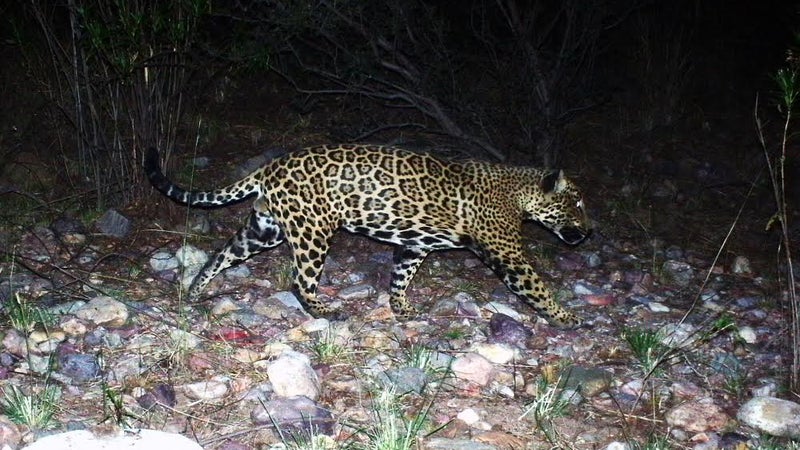
Jaguar (Panthera onca)
The Trump wall would undoubtedly spell the end of jaguars in the U.S. The very last jaguar thought to call the U.S. home is “El Jefe,” a 7-year-old male. Heavily studied by conservationists, .��
The Department of the Interior has designated of Arizona and New Mexico as for jaguars. Under the Endangered Species Act, that designation requires any federal agency to “conduct their activities in such a way as to conserve species,” and also to “ensure that any activity they fund, authorize, or carry out will not jeopardize the survival of a threatened or endangered species.”
shows the Critical Habitat set aside for the jaguar. Any wall roughly tracking the border would have to pass through it. Detouring north, to avoid the habitat, would invariably leave cities like Sierra Vista and Nogales exposed to the southern border. Skipping that area could ruin the point of the wall entirely by leaving a porous, difficult-to-monitor area.��
With only a single jaguar remaining in the U.S., does the species have any chance of a future? The hope is that a female from the Mexican populations will wander north and find El Jefe or that he may wander south and find a potential mate. Any border wall would prevent that from happening.��
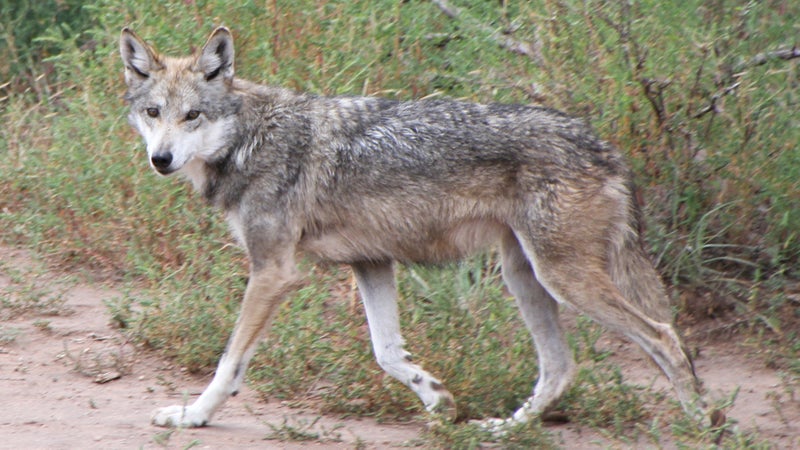
Gray Wolf (Canis lupus)
“The Gray Wolf, being a keystone predator, is an integral component of the ecosystems to which it typically belongs,” .��
Any border wall would invariably cut off populations of wolves north and south of the border. Populations are down to just 100 or so immediately north of the border, and there are only a few dozen south of it. That means a genetic “bottleneck” has already been created, and wolves need as much intermixing as much as possible in order to survive.��
Wondering why wolves matter? Watch this video.��
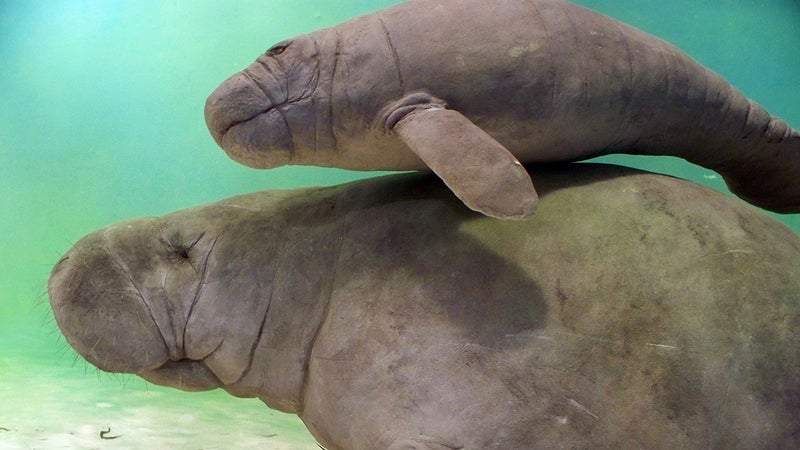
West Indian Manatee (Trichechus manatus)
To be effective, any wall would presumably need to extend at least partially into shallow water to prevent people from simply wading or swimming around it. Shallow water is exactly where manatees reside, and the border neatly .��
Manatees are a rare sight as far west as Texas, but , and the area where the Gulf of Mexico meets the border is part of their official habitat.��
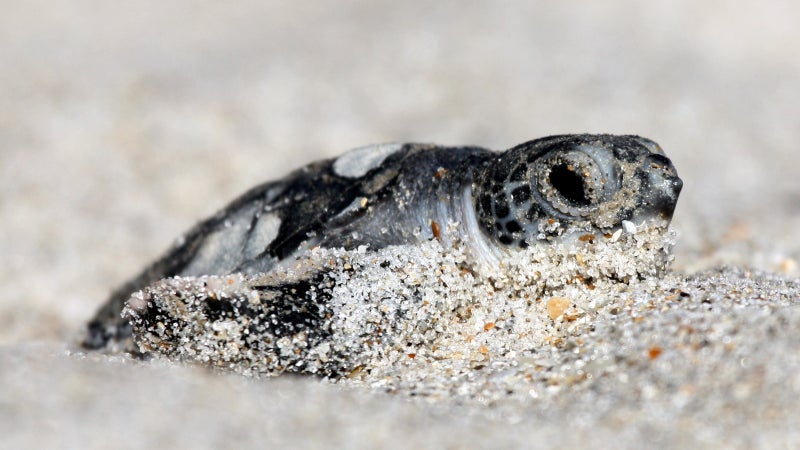
Sea Turtles (Green, Hawksbill, Kemp’s Ridley, Leatherback, Loggerhead)
All the above species of endangered and threatened sea turtles call the Texas coast, where the U.S. meets Mexico, home. Development directly on beaches and in the water would bring noise, pollution, seabed disturbance, and light pollution.��
, sometimes preventing females from nesting, and even preventing hatchlings from finding the sea as they crawl out of their holes.��
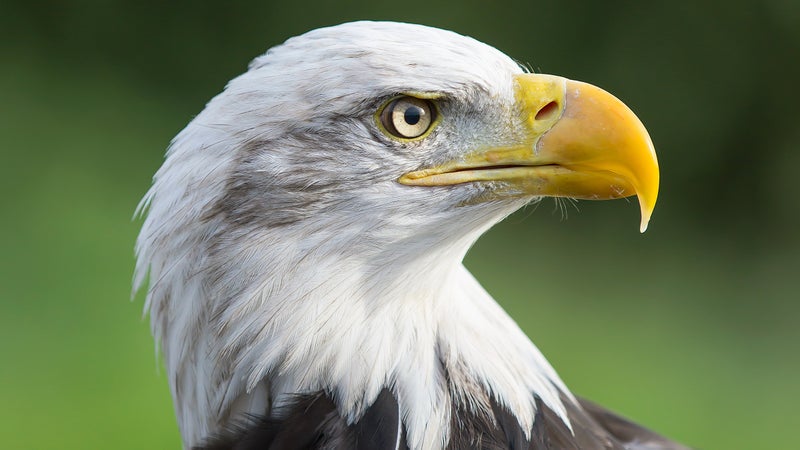
Bald Eagle (Haliaeetus leucocephalus)
The national bird (and national animal) of the United States, the bald eagle’s range extends into northern Mexico. The wall would neatly divide that range. While such a proud example of freedom could obviously soar over the top of any man-made wall, such a large construction project would nevertheless disrupt a large portion of the bird’s habitat. The subject of significant conservation efforts over the last century, bald eagles are no longer listed as endangered or threatened, but remain a “bird of conservation concern,” and are additionally protected by the . It’s also illegal to disturb the nest of any bald eagle, so any nests along the proposed route of the border wall would invariably pose an obstacle.��
Generated by the USFWS with our data, this provisional report compares the habitats of endangered or threatened species with a wall extending 1,000 feet into the U.S. from the rough border between the U.S. and Mexico. As it notes, its conclusions are for informational purposes only and should not be used for official planning purposes. Sorry, Mr. Trump, you'll have to commission your own report if you're really going to build this wall.��
by


